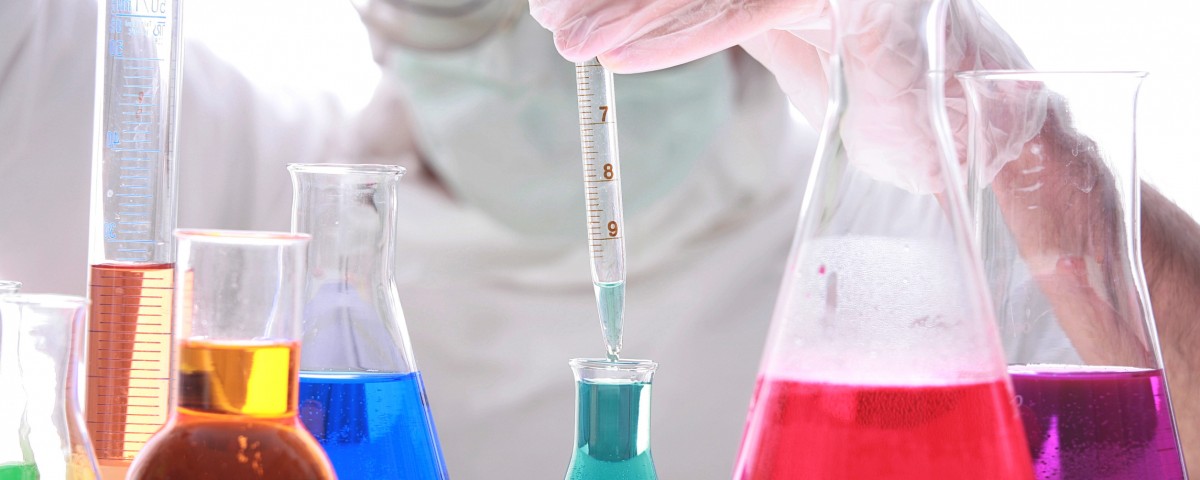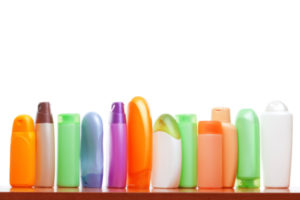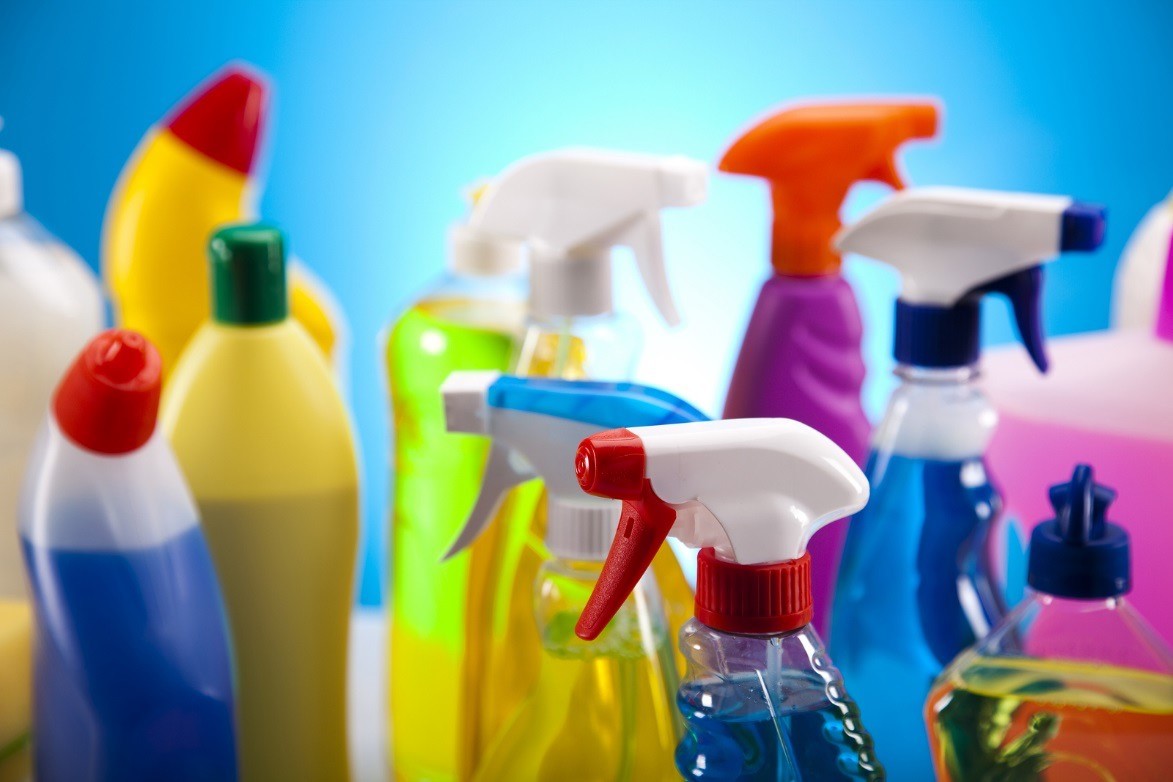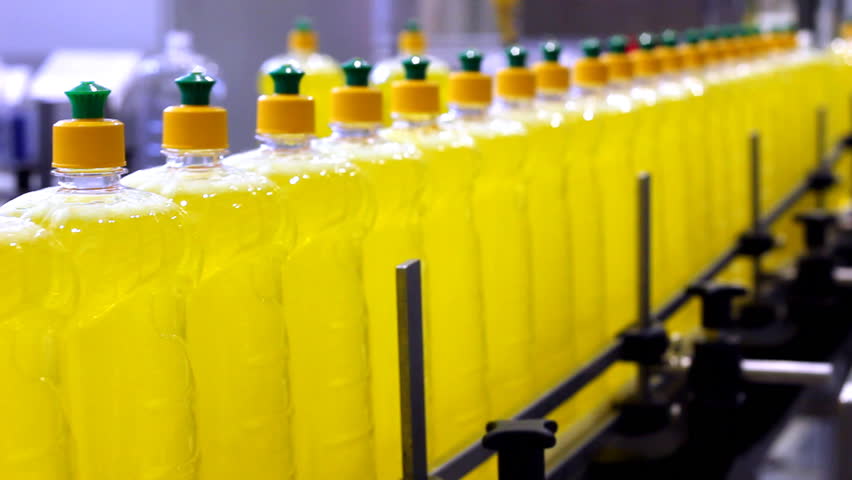
CHARLOTTESVILLE, VA, July 11, 2019 – The Household and Commercial Products Association (HCPA) and CleanGredients, the database of market-ready chemical ingredients pre-approved to meet U.S. EPA’s Safer Choice standard, have announced a partnership to increase information about safer ingredients in HCPA’s Consumer Product Ingredients Dictionary.
The Consumer Product Ingredients Dictionary is used by formulators of household and automotive care products as a resource for ingredient nomenclature, regulatory status, and functions, among other features. Now, users will be able to find CleanGredients-listed trade name ingredients and mixtures that contain a particular chemical in the database, then click directly to access the relevant CleanGredients profiles for more information.
A listing in CleanGredients indicates that an ingredient has been pre-screened by independent, third-party reviewers and meets the U.S. EPA Safer Choice program’s criteria. Using CleanGredients-listed ingredients simplifies the Safer Choice certification process and ensures that the ingredients are safer options for both human health and the environment.
“We are excited to partner with HCPA, both to help product formulators more easily access information about safer ingredients, and to enable chemical suppliers who have invested in developing and screening safer ingredients to gain greater recognition for their efforts,” said Elizabeth Ritch, Project Manager at GreenBlue who leads the CleanGredients program.
“Together, CleanGredients and the HCPA Consumer Product Ingredients Dictionary are helping advance the use of safer ingredients,” said Dr. Steve Bennett, Senior Vice President of Scientific Affairs at HCPA. “The Dictionary is a unified source for ingredient names required by the state of California and accepted by Walmart, Target, and the EPA Safer Choice program. Making it easy to find CleanGredients-listed ingredients in the Dictionary helps companies cut through the clutter and standardize ingredients names both on the label and online.”

Ingredient suppliers that are existing HCPA Dictionary subscribers should visit https://www.productingredients.com to get their trade names listed in Product Ingredients Dictionary. Any trade names in the Consumer Product Ingredients Dictionary that are also listed in CleanGredients will be indicated as such in the Product Ingredients Dictionary ingredient profile.
ABOUT HCPA’S CONSUMER PRODUCT INGREDIENTS DICTIONARY
The Consumer Product Ingredients Dictionary is the only source for definitions of the chemicals used specifically in household and automotive care consumer products. Companies engaged in ingredient communication can use the database to assure maximum transparency for consumers who want to know what ingredients are in the products they buy and use. To learn more about the HCPA Consumer Product Ingredients Dictionary, please visit https://www.productingredients.com or email info@productingredients.com.
ABOUT CLEANGREDIENTS
CleanGredients is a database of chemical ingredients used primarily to formulate residential, institutional, industrial, and janitorial cleaning products that have been pre-approved to meet the U.S. EPA’s Safer Choice Standard. CleanGredients is an indispensable purchasing resource for formulators who are seeking suppliers of chemical ingredients that will help them to obtain the Safer Choice label. Using CleanGredients helps formulators reduce risk to their business, save money, and get their products to market faster. CleanGredients is a project of GreenBlue. To learn more about CleanGredients, please visit www.cleangredients.org or email info@cleangredients.org.

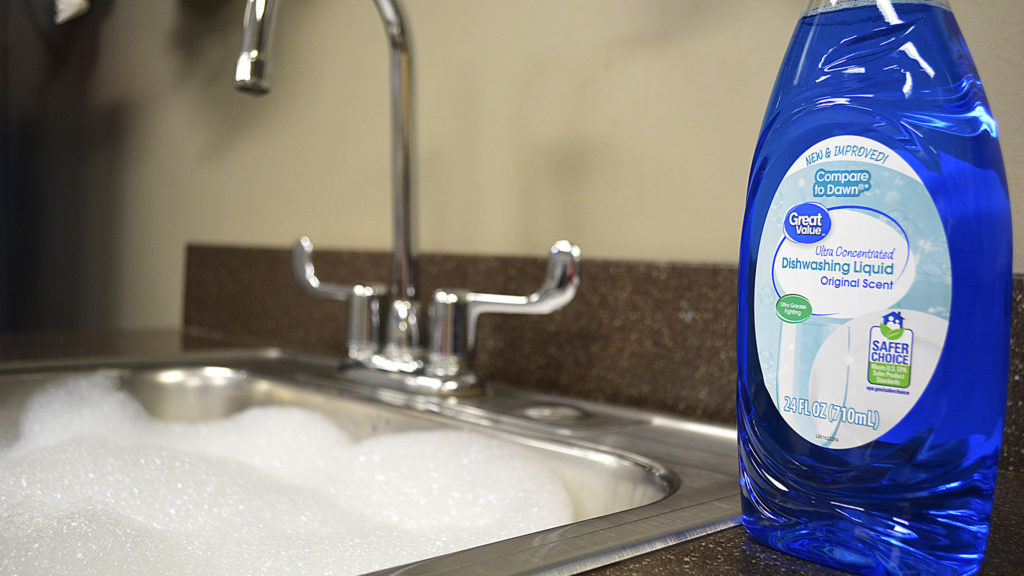
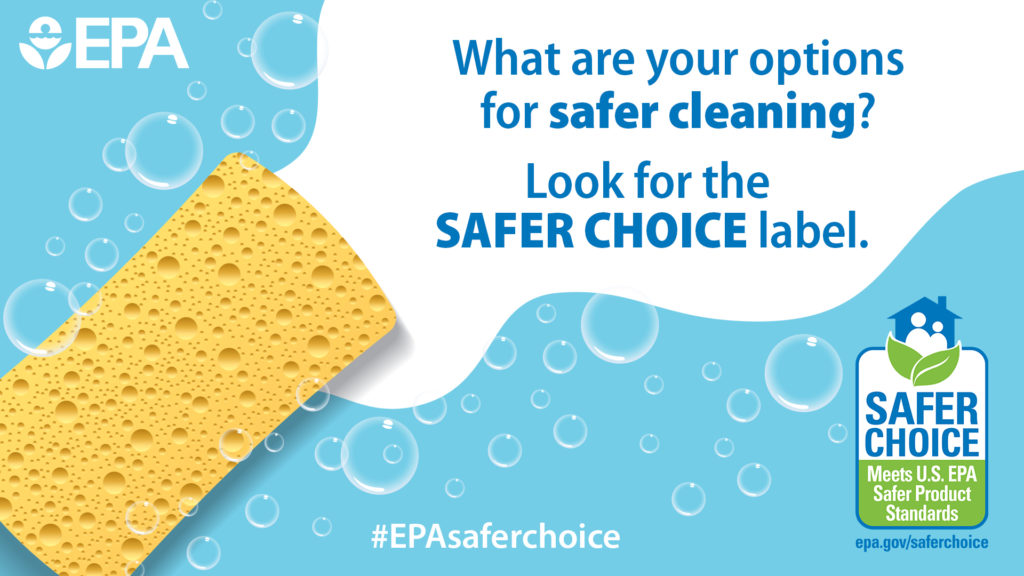
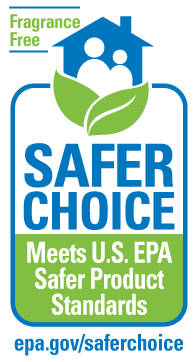 Among other requirements, ingredients used in Safer Choice-certified products can’t include chemicals that are likely to cause cancer, alter genes or affect reproduction, or toxic chemicals that don’t break down in the environment and accumulate in our bodies and the food chain. Generally, no ingredients classified as skin or respiratory sensitizers (which may cause allergic reactions after repeat exposure) may be included. Overall, formulations must meet the volatile organic compound (VOC) content restrictions set by the Ozone Transport Commission and the California Air Resources Board in order to protect indoor and outdoor air quality. For products used outdoors, such as pressure washer concentrates, car washes, or boat washes, Safer Choice applies more stringent aquatic toxicity standards to ensure that products don’t hurt fish or other aquatic life. Plus, all products with the Safer Choice label must meet performance standards, meaning they perform at least as well as conventional products.
Among other requirements, ingredients used in Safer Choice-certified products can’t include chemicals that are likely to cause cancer, alter genes or affect reproduction, or toxic chemicals that don’t break down in the environment and accumulate in our bodies and the food chain. Generally, no ingredients classified as skin or respiratory sensitizers (which may cause allergic reactions after repeat exposure) may be included. Overall, formulations must meet the volatile organic compound (VOC) content restrictions set by the Ozone Transport Commission and the California Air Resources Board in order to protect indoor and outdoor air quality. For products used outdoors, such as pressure washer concentrates, car washes, or boat washes, Safer Choice applies more stringent aquatic toxicity standards to ensure that products don’t hurt fish or other aquatic life. Plus, all products with the Safer Choice label must meet performance standards, meaning they perform at least as well as conventional products.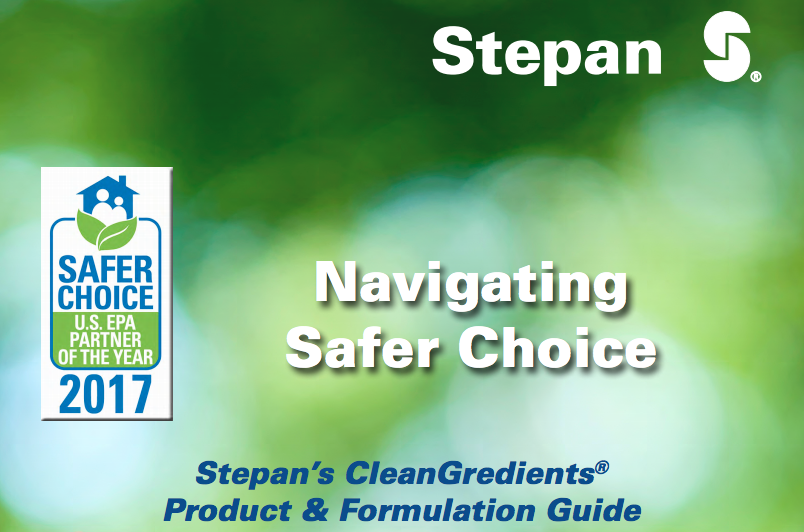
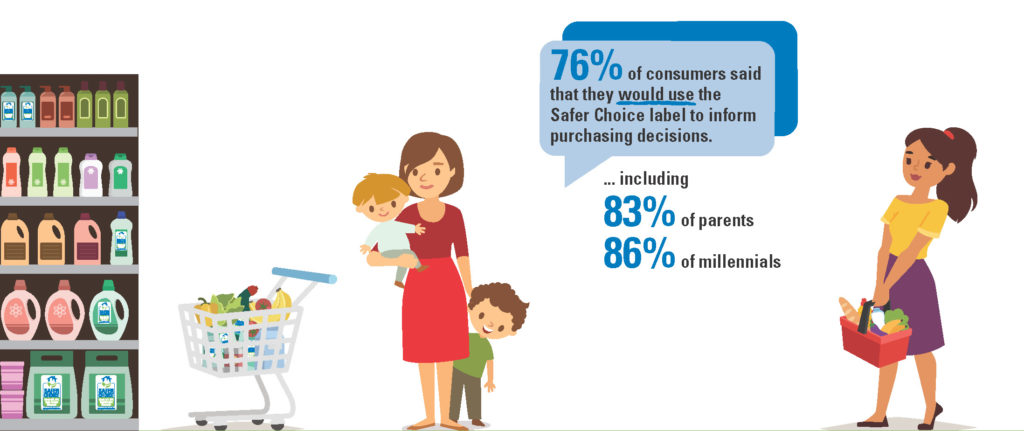

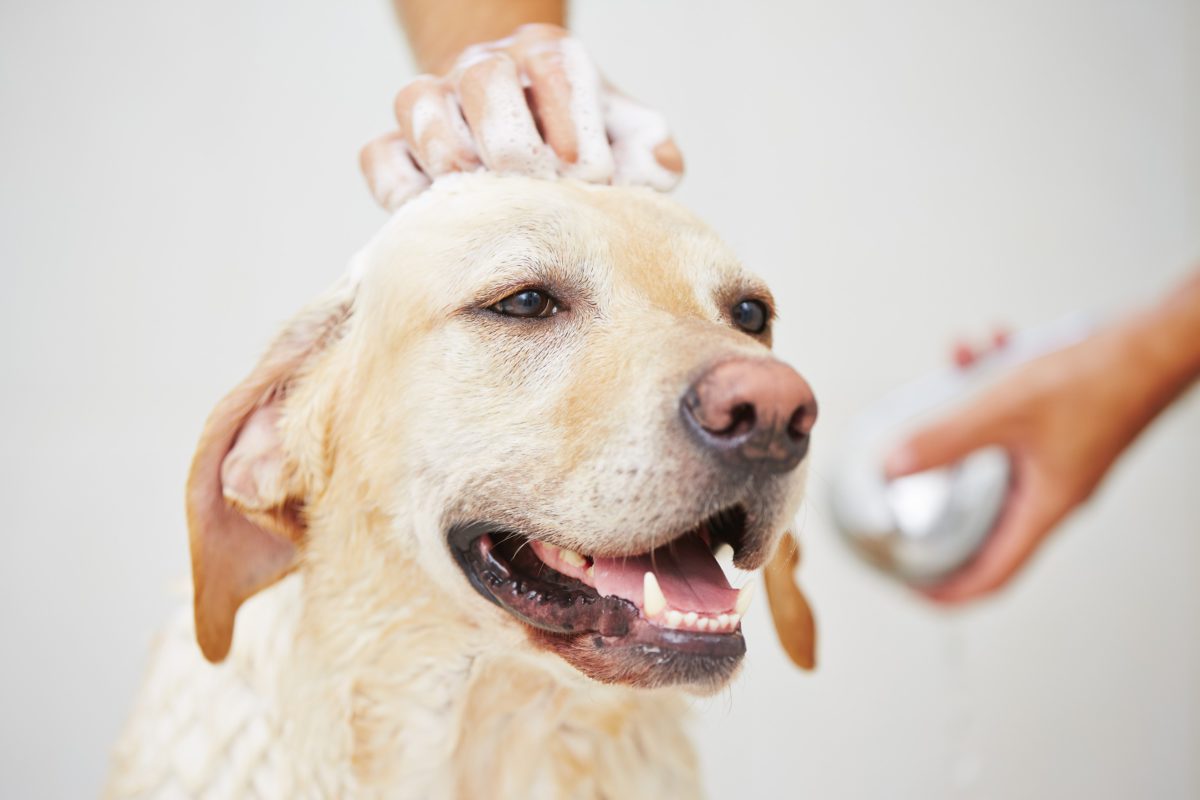
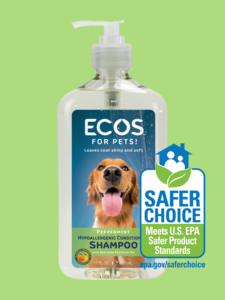 Before making the Safer Choice label available for this new category of products, EPA evaluated conventional chemistries in the pet care sector. They looked at ingredients of pet care products that have been disclosed publicly, and reviewed existing data on the hazards associated with these chemicals. In order to ensure that their standards for pet care products were protective for pets, the Safer Choice team also spoke with stakeholders, including veterinary toxicologists, and conducted research to determine if any of the chemicals used in pet care products are particularly toxic to dogs and cats.
Before making the Safer Choice label available for this new category of products, EPA evaluated conventional chemistries in the pet care sector. They looked at ingredients of pet care products that have been disclosed publicly, and reviewed existing data on the hazards associated with these chemicals. In order to ensure that their standards for pet care products were protective for pets, the Safer Choice team also spoke with stakeholders, including veterinary toxicologists, and conducted research to determine if any of the chemicals used in pet care products are particularly toxic to dogs and cats. 